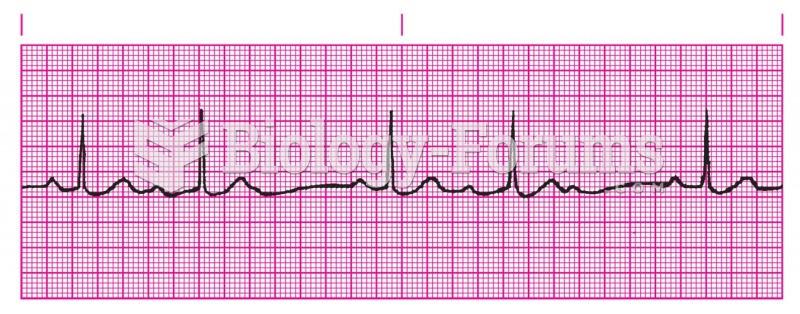Answer to Question 1
Ans: B
Feedback:
The development of culturally relevant and gender-sensitive interventions that demonstrate positive outcomes in health and well-being is the focus of prevention efforts. Approaching individuals and groups about behavior change must incorporate knowledge of diverse client perspectives and include the use of counseling skills and motivational interviewing. To address behavior change using motivational interviewing, the motivation comes from the client and is not imposed by a clinician. The client needs to resolve ambivalence to change a behavior with autonomy. Persuasion on the part of the clinician only intensifies resistance. Thus, the nurse should not insist that the client adhere to his diet, which does not reflect the client's cultural needs as a Hispanic male. Teaching the family to adapt their cultural dietary plans to the client's diagnosis addresses only one of the client's needs. Assessing the client's financial needs and obtaining financial assistance is the role of the social worker, not the nurse.
Answer to Question 2
Ans: C
Feedback:
Motivational interviewing, which was developed by Rollnick and Miller (1995), is defined as a directive, client-centered communication style for eliciting behavior change by helping clients/groups to explore and resolve ambivalence. To address behavior change using this method, the motivation comes from the client and is not imposed by a clinician. The client needs to resolve ambivalence to change a behavior with autonomy. Persuasion on the part of the clinician only intensifies resistance. The communication style is therefore one of directing the client to examine and resolve ambivalence. This method does not (1) argue with a group or community by insisting it has a problem that needs to change, (2) offer advice without actively encouraging group-identified choices, (3) give advice while the group is put in a passive role, (4) impose diagnostic labels, or (5) use coercive tactics.







